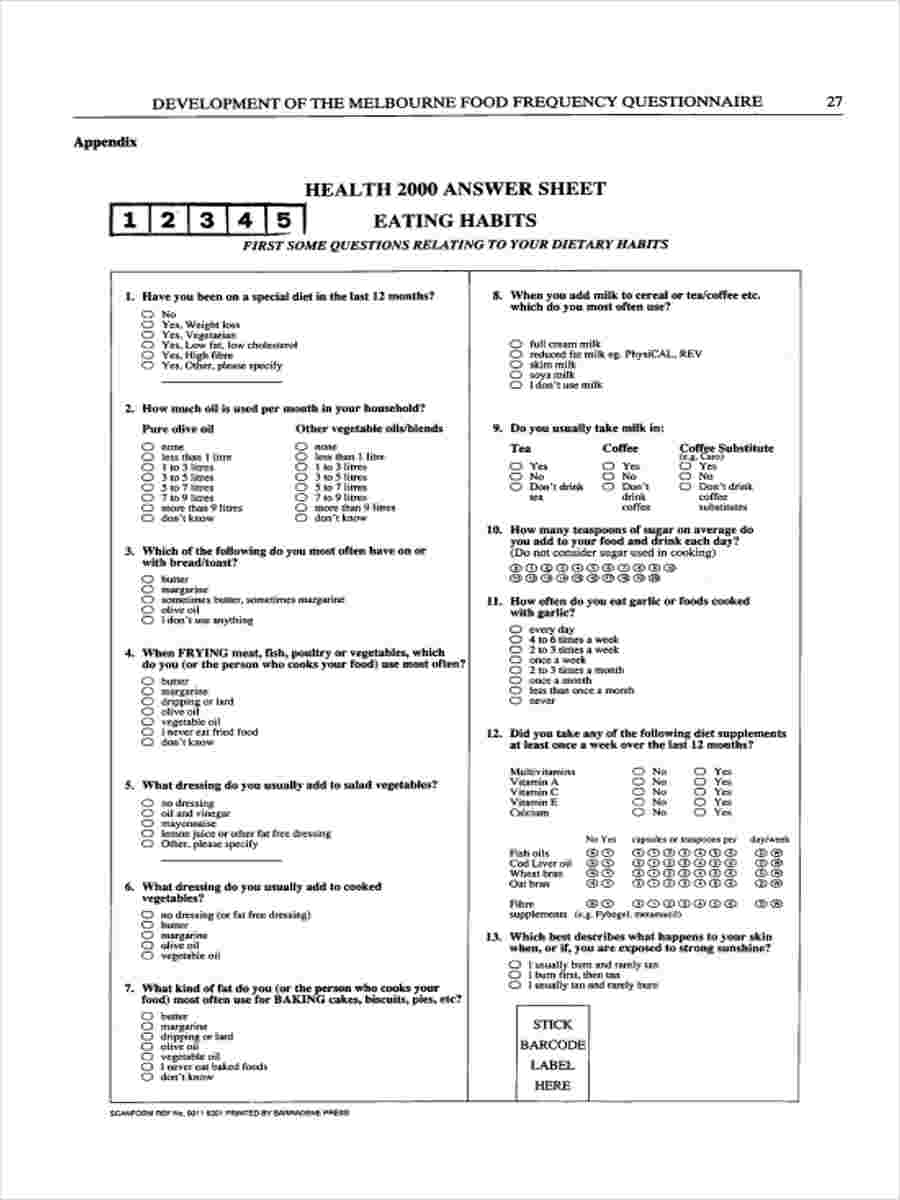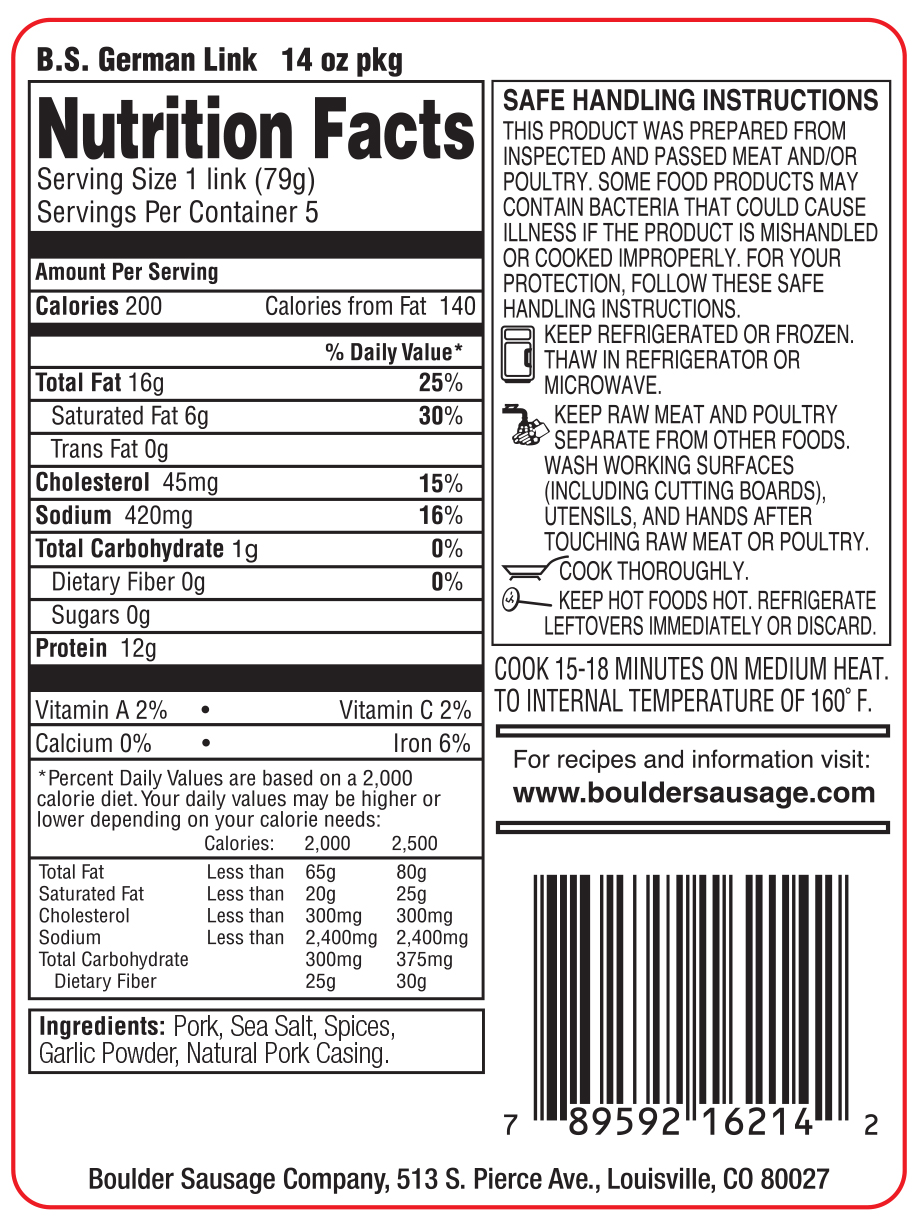40 food labels and diabetes
Nutrition Facts Labels and Diabetes - Health Encyclopedia ... When you have diabetes, it's important to keep your blood sugar at healthy levels. This means eating foods relatively low in carbohydrates. A second goal is to eat heart-healthy. This is because people with diabetes have a higher risk for heart disease and stroke. To eat heart-healthy, you'll need to limit sodium, cholesterol, and unhealthy fats. Food Labels | Know Diabetes Nutrition labels are often displayed as a panel or grid on the back of food packaging. As with the front packaging, the information listed will include the amount of energy (kJ and kcal), fat, saturates, carbohydrates, fibre, protein and salt.
Understanding sugar content on food labels - Diabetes Care ... Understanding sugar content on food labels. March 30, 2018 by Diabetes Care. Understanding sugar content on food labels is important, to ensure that you're consuming healthy amounts. Reading the ingredient lists and nutrition facts tables on packaged foods is a helpful way for you to check what kind, and how much, sugar a product has. ...

Food labels and diabetes
How to Read a Food Label for a Diabetic Diet Here's why, as well as other food label lines that deserve a second glance. 1. Total carbohydrates This gram count includes all types of carbs: sugar, complex carbohydrates, and fiber. Each type of carb affects blood glucose, so when you have diabetes you need to consider all three together. Learning To Read Labels :: Diabetes Education Online On a nutrition food label, subtract the fiber from the total carbohydrate amount. When you read food labels, the grams of sugar are already included in the total carbohydrate amount, so you do not need to count this sugar amount separately. The grams of sugar listed include both natural sugars, from fruit or milk, and added sugars. Diabetes: 4 Things to Look For on Food Labels ... 2. Carbohydrates. Labels also list the total amount of sugar, but people with diabetes should pay more attention to total carbohydrates. Some foods — including cereals, pastas, and grains — can be low in sugar but fairly high in carbohydrates, and too many carbohydrates can quickly raise your blood sugar. A serving of frozen macaroni and ...
Food labels and diabetes. How to Read Food Labels When You Have Type 2 Diabetes - level2 Sugar-free is important for managing diabetes, but pay attention to carbohydrates. If the label says sugar-free and there are fewer carbohydrates, you're good to go. If the choice is between a sugar-free product with just as many carbohydrates as a standard product, you're better off choosing based on price or taste. Understanding food labels fact sheet - NDSS Labels on packaged foods provide information that can help you make healthier food choices. Making healthy food choices can help you to manage your diabetes, weight, and overall health. Understanding how to read food labels can help you choose foods with more fibre and less saturated fat, salt (sodium), added sugars and kilojoules. 4 Things Diabetics Should Always Look for on Food Labels ... Food labels will list ingredients from the highest weight first. Additionally, look for other sugar names such as: dextrose glucose fructose sucrose Maltose malt syrup corn syrup corn sweetener 3. Fiber Not all food label ingredients are bad for diabetics. Fiber, for example, is known to decrease blood sugar spikes and increase insulin sensitivity. PDF Food Labels - Diabetes it comes to food labels? Diabetes is a condition where there is too much glucose (sugar) in the blood. Glucose is our main energy source and comes from carbohydrates. Glucose is essential but diabetes related complications can occur if blood glucose levels remain too high over a long period of time. Your glucose level can vary depending on:
Decoding Diabetes: How to Read Nutrition Labels | Accu-Chek It is listed out separately from total carbs to help anybody seeking to limit sugar, like people with diabetes, find foods that fit their diets. • Additional Sugar: Finally, some newer food labels may have an additional line under Sugar that lists anything that was added beyond the natural sugars contained in the other ingredients in the food. Reading food labels: Tips if you have diabetes - Mayo Clinic Look for foods with 3 or more grams of fiber. Put sugar-free products in their place Sugar-free doesn't mean carbohydrate-free. Sugar-free foods may play a role in your diabetes diet, but remember that it's equally important to consider carbohydrates as well. A sugar-free label means that one serving has less than 0.5 grams of sugar. Reading food labels: Tips if you have diabetes - Augusta ... Look for foods with 3 or more grams of fiber. Put sugar-free products in their place Sugar-free doesn't mean carbohydrate-free. Sugar-free foods may play a role in your diabetes diet, but remember that it's equally important to consider carbohydrates as well. A sugar-free label means that one serving has less than 0.5 grams of sugar. Understanding food labels - Diabetes Ireland Sometimes the producer claims on the pack that a food is for example 'Low in fat', 'High fibre' or a 'Source of calcium'. Recent EU legislation has regulated the use of nutrition and health claims in order to protect the consumer against. For more information on understanding food labels and diabetes, download our Food Labels booklet.
Understanding food labels - Diabetes UK Check the ingredients list - if syrup, invert syrup, cane sugar, molasses or anything ending in 'ose' is within the first three ingredients, this suggests the food contains more added sugar. Choose an alternative if possible, or be mindful of the portion you eat. Check the fibre content on the back of pack label. Reading Food Labels When You Have Diabetes | Cigna Reading Food Labels When You Have Diabetes. Introduction. When a food comes in a package, take a look at the Nutrition Facts label and ingredient list on the package. Start with the "% Daily Value" column on the food label. A food is considered low in a specific nutrient (such as fat, saturated fat, carbohydrate, or sodium) if it has 5% or less ... Food Labels: For diabetes meal planning - 10/2021 | Health ... Food Labels: For diabetes meal planning Abstract This handout explains how to read "Nutrition Facts" food labels and how people with diabetes can use that information to make healthy food choices. Author Diabetes Institute Publisher University of Washington Medical Center Date Published (original date) 2008 Revision Date 10/2021 PDFs PDF Label Reading Basics for Diabetes - Veterans Affairs This food has 300 mg of sodium per ½ cup serving. It is suggested to limit salt intake to 1500 mg per day when you have diabetes. With pre-diabetes, your sodium intake should still be monitored. The goal is less than 2300 mg per day. A good first step is to not have a salt shaker at home. Total Fat The area on the label describing
Food Labels | CDC If you eat the whole thing, you are eating 8 times the amount of calories, carbs, fat, etc., shown on the label. Total Carbohydrate shows you types of carbs in the food, including sugar and fiber. Choose foods with more fiber, vitamins, and minerals. Choose foods with lower calories, saturated fat, sodium, and added sugars. Avoid trans fat.
PDF Label reading basics for diabetes - Veterans Affairs Label Reading Basics for Diabetes Nutrition and Food Services (05/2020) Serving Size • The serving size is the portion size used for all the values on the label. • Different foods have different serving sizes. • The serving size on this label is 2/3 cup. Servings per Container • Indicates the number of
Nutrition Facts Labels and Diabetes Nutrition Facts Labels and Diabetes. If you have diabetes, eating the right foods is key to staying healthy. Reading the Nutrition Facts labels on foods is an important first step. You know that many foods can either help or hurt your health. And those labels can help you make the right decisions.


Post a Comment for "40 food labels and diabetes"